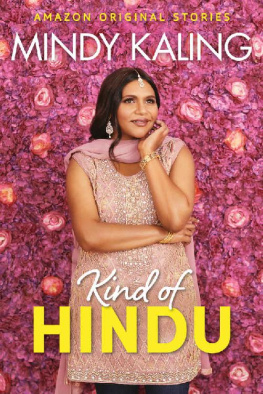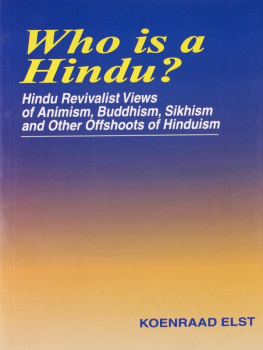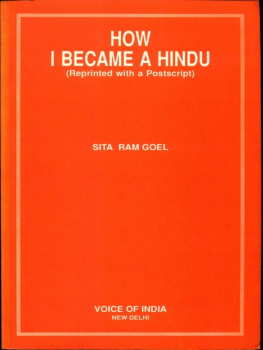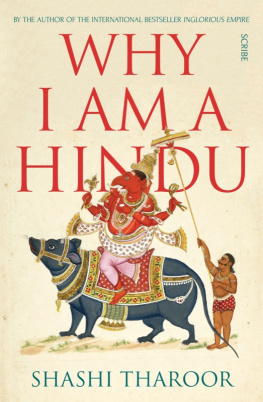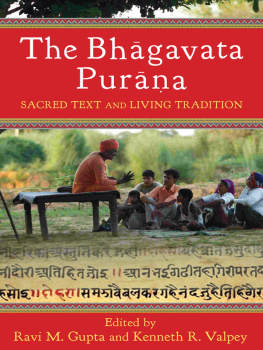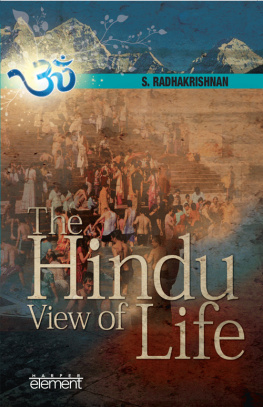
Notion Press
Old No. 38, New No. 6
McNichols Road, Chetpet
Chennai - 600 031
First Published by Notion Press 2019
Copyright Vaishali Shah 2019
All Rights Reserved.
eISBN 978-1-64587-608-3
This book has been published with all efforts taken to make the material error-free after the consent of the author. However, the author and the publisher do not assume and hereby disclaim any liability to any party for any loss, damage, or disruption caused by errors or omissions, whether such errors or omissions result from negligence, accident, or any other cause.
While every effort has been made to avoid any mistake or omission, this publication is being sold on the condition and understanding that neither the author nor the publishers or printers would be liable in any manner to any person by reason of any mistake or omission in this publication or for any action taken or omitted to be taken or advice rendered or accepted on the basis of this work. For any defect in printing or binding the publishers will be liable only to replace the defective copy by another copy of this work then available.
Preface
Vaishali Shah is a management graduate having experience of Internet technologies for two decades. She developed the passion to read Indian culture and knowledge-based material from the school days which turned into a full-time self-assigned mission after graduation. She founded Shrivedant Foundation to give a platform to her research on Indian knowledge heritage, promote plant-based diet, seminars on Indian culture, publish books and many such end eavors.
Shrivedant Foundation is a registered non-profit foundation in Kenya, India and the United Kingdom. The foundation has been hosting a portal www.hinduscriptures.com to spread the message of Indian culture and lifestyle for the last seventeen years. To spread this message further systematically, the foundation has developed a unique book series to help Indians and others to start living a Vedic Hindu Lifestyle to uplift their soul and well -being.
The material is designed in such a way that the readers understand the elements of Vedic lifestyle and gradually grows in the same path, becoming aware of every aspect in the later stage. The research team ensured that every topic is backed by logical, practical, social point of view to make the reader aware of the rich elements of every aspect of our lifestyle. Which makes the books more authentic, reliable and usable for every reader. It is a on e-st op source of information for those parents wanting their children to know about India and Indian culture and make them proud of their roots. Another spinoff is that if anyone from any part of the world is interested in relocating to India, this knowledge will help to acclimatize to the Indian conditions faster.
Indians have become more global, entire generations of our countrymen have migrated to distant lands and we must ensure that children born and brought up in adopted lands do not lose touch with their roots or their culture. These are compelling reasons enough for developing this series, which will present material in a manner that will appeal to the young and old alike. After reading a bit of scriptures, I have stopped believing them as sacred ritualistic books, rather they are management, science, research and pragmatic books which are written down by Rishis thousands of years ago to help humans to elevate their lives. They are a manual sent by God to us on how to operate our lives to bring utmost happiness while we are on this earth in the huma n body.
I am thankful to Ms. Madhavi Godbole, the head of the research team with us who provided scriptural references to the books, written quite a few scripture-based topics and the Sanskrit text. She is the head of Sanskrit department in Deccan College in Pune, India.
The series is based on following points which are four pillars of the society designed in three parts:
Living Vedic Traditions
What are the reasons behind the various customs that we follow? The signifi cance of various customs which transforms every ordina ry chore into a lofty offering, seemingly routine activities like ringing a bell or breaking a coconut in a temple are all well explained in the section Living Vedic Traditions. We celebrate diversity, we celebrate plurality, we wait for an occasion to express our joy through some festival or the other. These are established practices that have been embedded in our lives not just for our wellbeing but also for the well being of the whol e world.
Inside India
There is so much to see and explore in India, there are places that remind you of eras gone by. Magnificent temples, opulent palaces, stately forts, various places of worship, abodes of the Gods our country is dotted with such amazing landmarks of history and ancient times are captured under this section.
Ancient Indian Sciences
Indians were ahead in every sphere of activity ranging from astronomy and ayurveda to architecture. You will be amazed by the contribution made by Indian scientists in the last two thousand years. It is still relevant and practiced in various parts of the society which we are not aware of. This section takes you through such amazing sciences found and developed in India thousands of yea rs ago.
Indian Scriptures
What are our Scriptures? How were they created? What is their relevance today? Are Indians a passive lot accepting everything as their karma or does this concept put the onus on us to lead a morally and spiritually uplifting life? All these are answered in the Indian Scr iptures.
The content is further enriched with inspiring stories, impactful anecdotes, interesting quotes based on the themes of the various topics. I wish my readers a happy journey within and grow in the path of self-dis covery.
Those interested in obtaining a certificate of studying the same material as course material can go to our website www.hinduculturestudies.com and appear for the online exam. Our moderators will check the papers and send you the certificate through email.
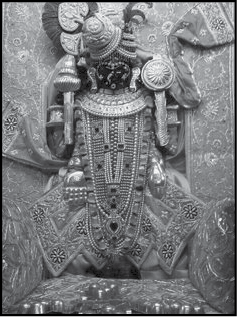
Krishnaya Vasudevaya Haraye Param aatmane,
Pranat Klesh Nashaya Govindaya Nam o Namah.
!
Living Vedic Traditions

Introduction
Hey friends, I am very happy today. My grandparents are coming to visit me from India.
S ohum, an eight-year-old Indian boy, with curly hair, blue eyes, told his friends with excitement. Sohum was in American International School. His father was working for a reputed software company in New York for the last fifteen years. Hence, Sohums entire childhood was spent in New York and was influenced by the American culture that was there all around him. However, his mother Riya was both concerned and determined that Sohum would never forget his Indian roots. She made a conscious effort to make him familiar with Indian culture a t home.
Sohum shared a close relationship with his grandparents who lived in India. He would often speak to them via Skype. His grandmother narrated several stories from the Panchatantra and Sohum would ask her many questions on the stories narrated. Through the various stories, Sohums grandmother had fuelled his interest in Hindu culture. His grandfather would pose interesting questions on Indian Culture and traditions and Sohum particularly liked the way his granddad connected them to many present-day aspects. Sohum felt close to his grandparents, it was the distance that separated them physically. At last, his grandparents were going to visit Sohum and his parents. Sohum was very happy and excited to know about their impending arrival and was eagerly looking forward to thei r visit.


